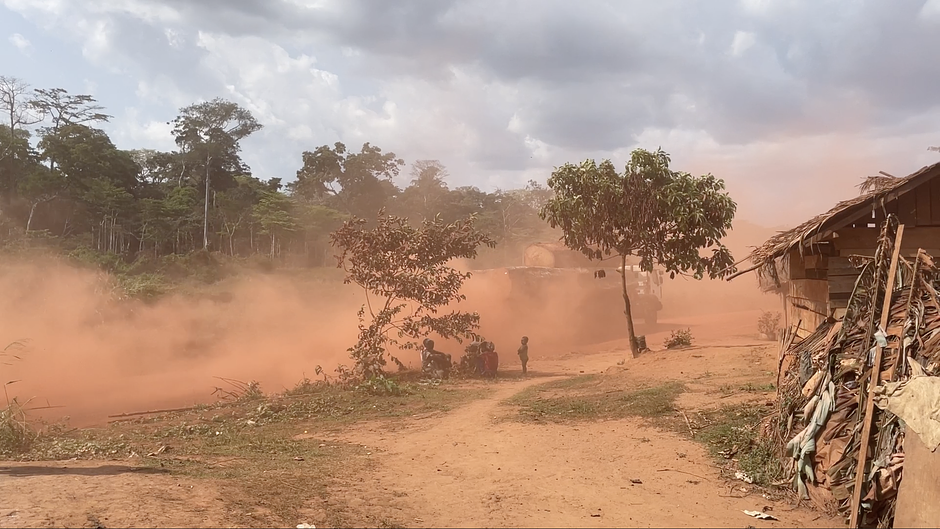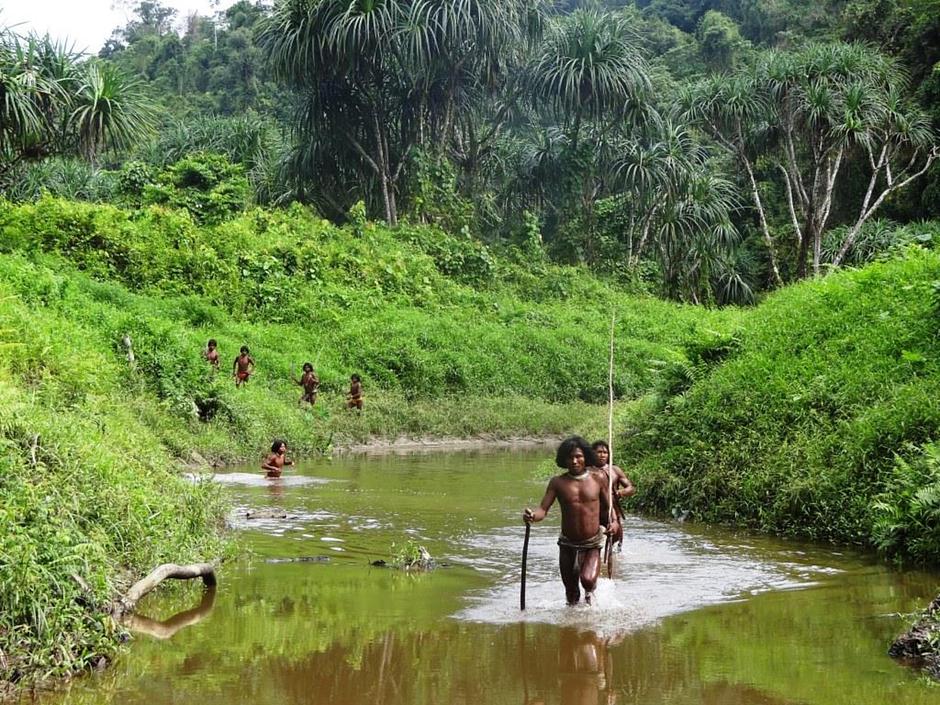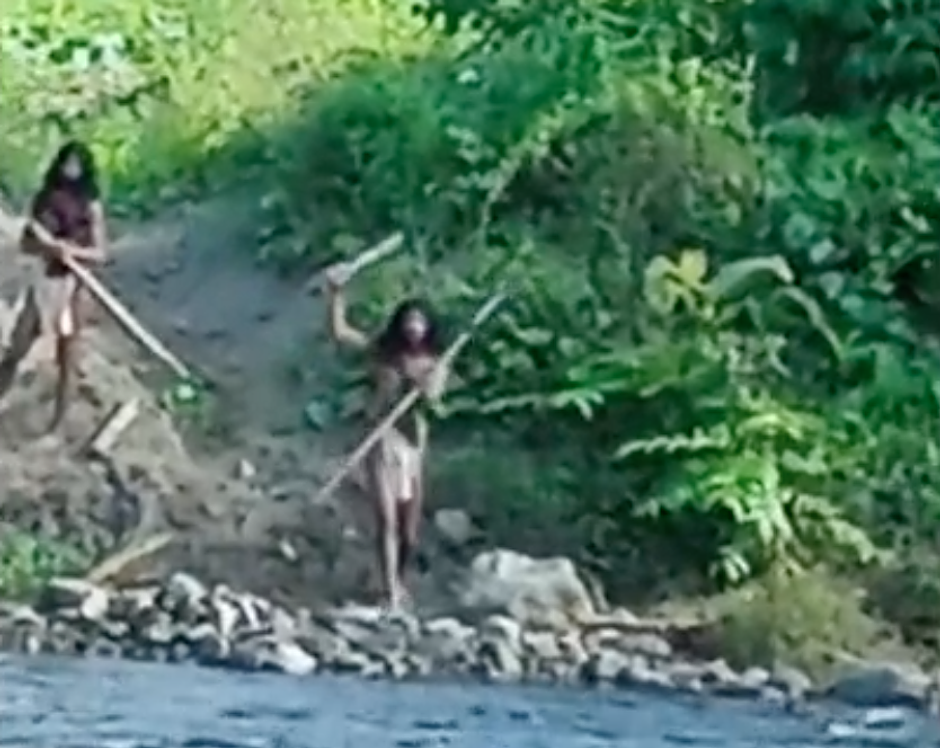Statement on NPS Charles Sams Appointment
This week, Charles Sams III made history as the first Native American to be appointed to lead the National Park Service (NPS). Sams’ appointment holds symbolic weight as some of the US’ most famous National Parks, like Yellowstone and Yosemite, were created through the violent eviction of Native Americans.
Created over 100 years ago, the National Parks sold the idea that pure nature was empty of humans. To those like John Muir, the ‘father of the national parks’, preserving ‘wild’ spaces required evicting the Native Peoples that had lived on and managed the landscapes for generations. The creation of the National Parks is, in many cases, a story of land theft, violence and mass evictions.
Scandalously, big conservation organizations continue to export this model abroad, stealing land from Indigenous and tribal peoples to create Protected Areas. Protected Areas are rarely created with the consent of Indigenous and local peoples, who are often no longer allowed to use the natural environment to feed their families, gather medicinal plants or visit sacred sites. They are often beaten, tortured and abused by park rangers when they try to hunt to feed their families or just to access their ancestral lands. This is especially true in Africa and Asia, where ancestral lands of tribal peoples become eco-destinations, primarily for wealthy tourists or trophy hunters.
The theft of ancestral lands in the name of “protecting nature” is particularly wrong-headed given that evidence proves that Indigenous peoples are the best protectors of the environment. 80% of the planet’s remaining biodiversity is in Indigenous land. In the Amazon, for example, areas managed by Indigenous peoples have lower deforestation rates than official ‘protected areas’ like national parks. This is especially concerning considering plans to turn 30% of the planet into protected areas by 2030, which would be the largest land grab in history. Guaranteeing the protection of Indigenous land rights must be the principal mechanism for biodiversity conservation.
Governments and conservation organizations must acknowledge the huge toll that strictly protected conservation areas have taken on the lands, livelihoods and rights of many communities worldwide; and they must make concrete plans for reparations of past wrongs, including through transferring control back to the rightful owners.




